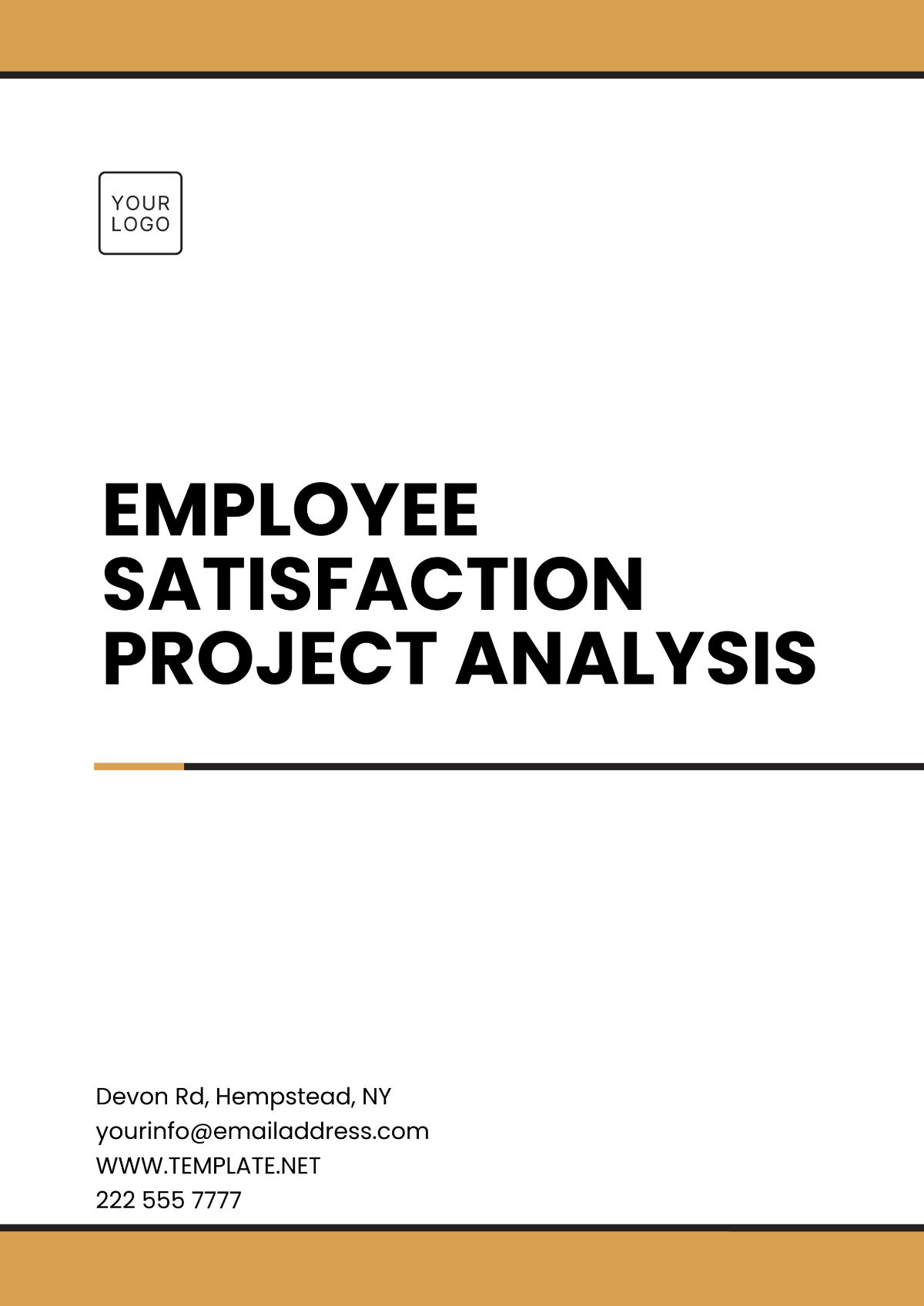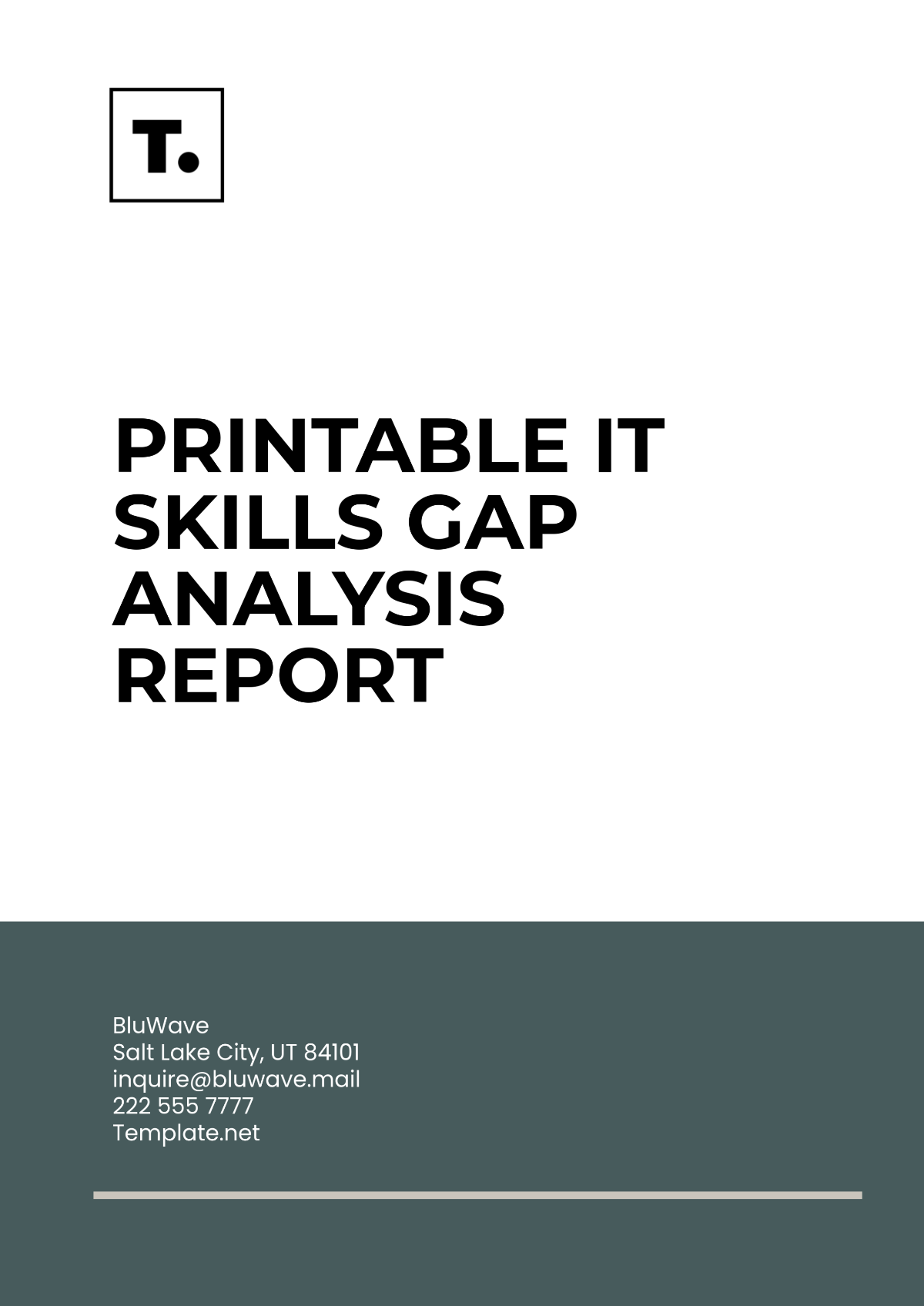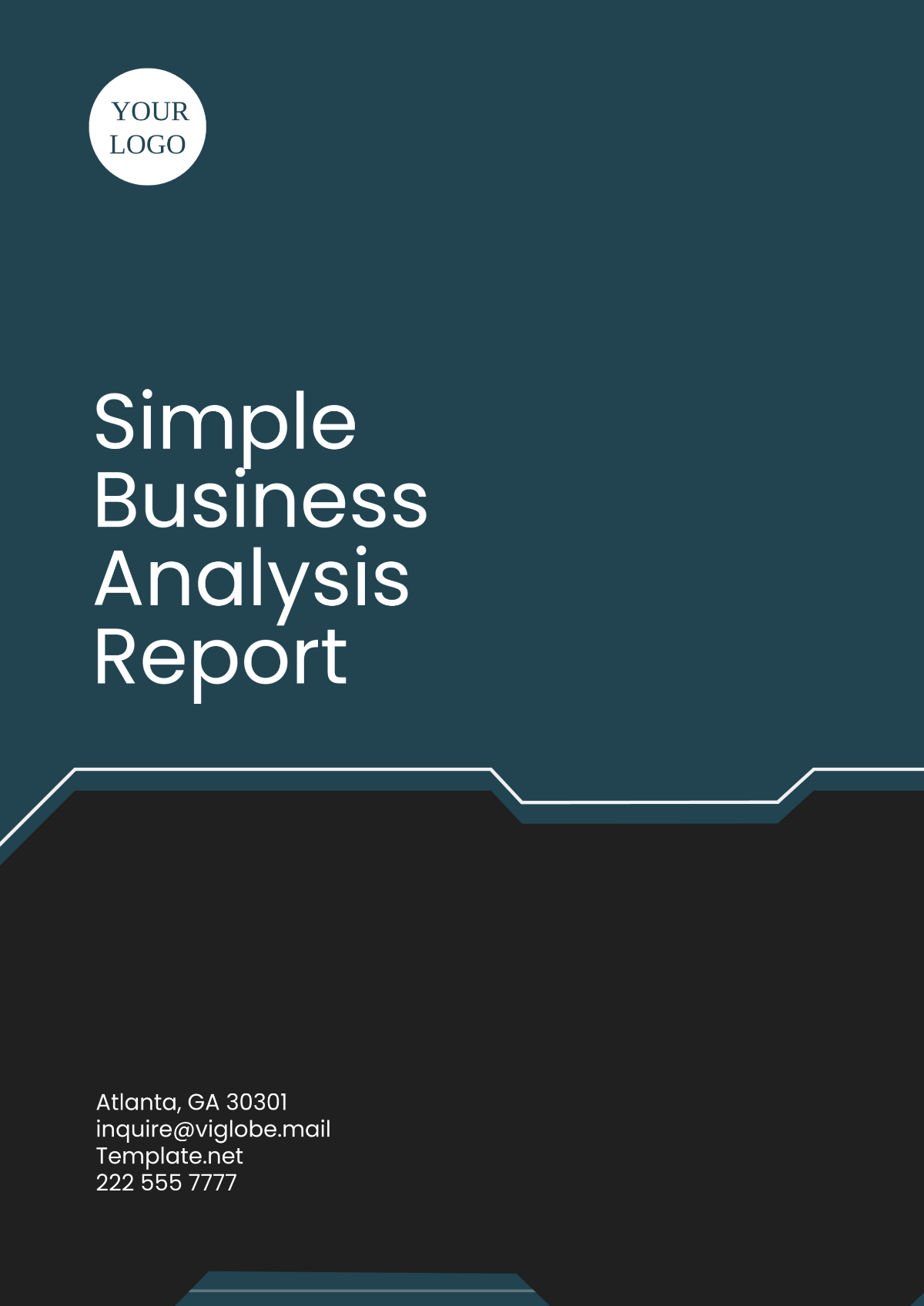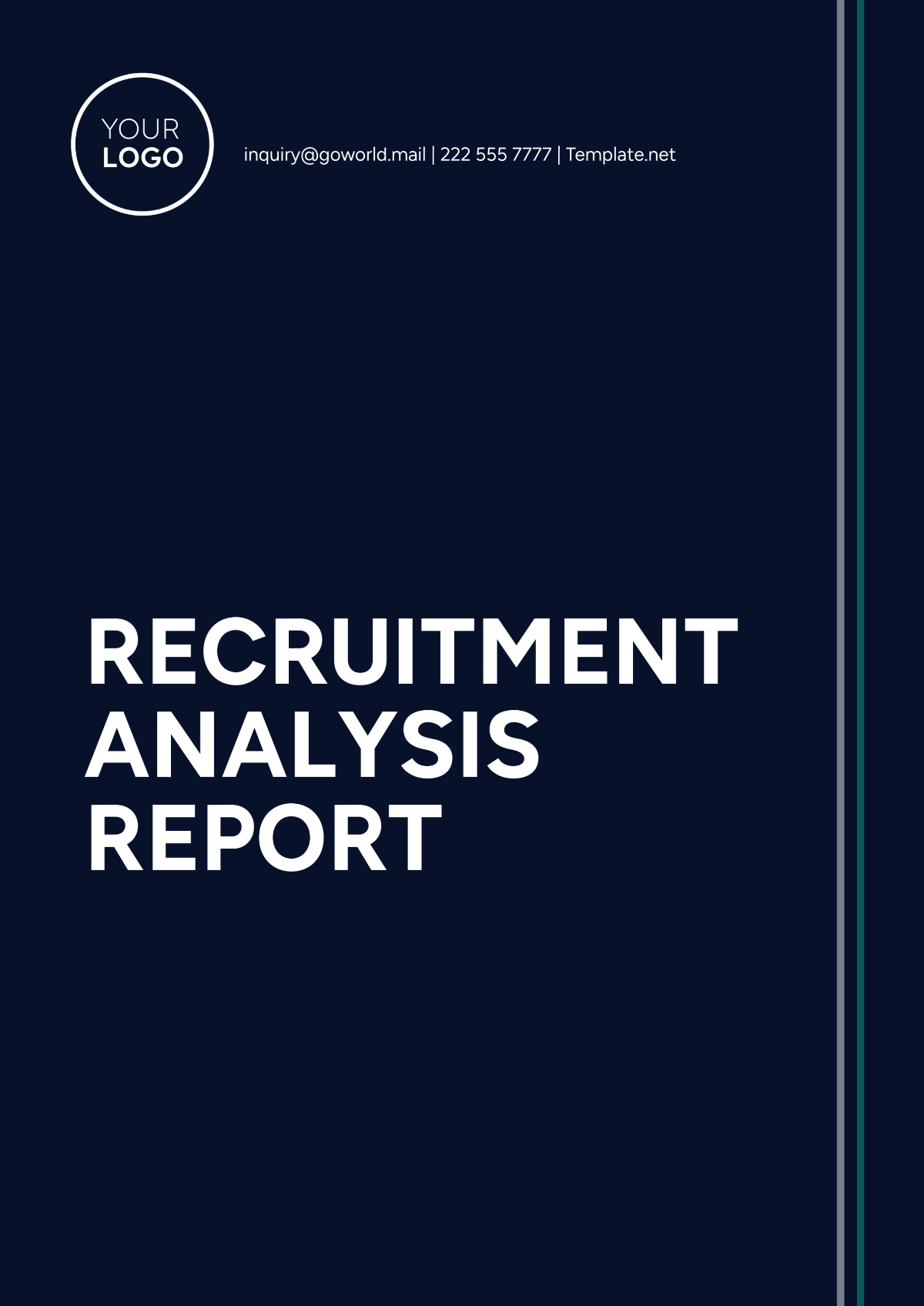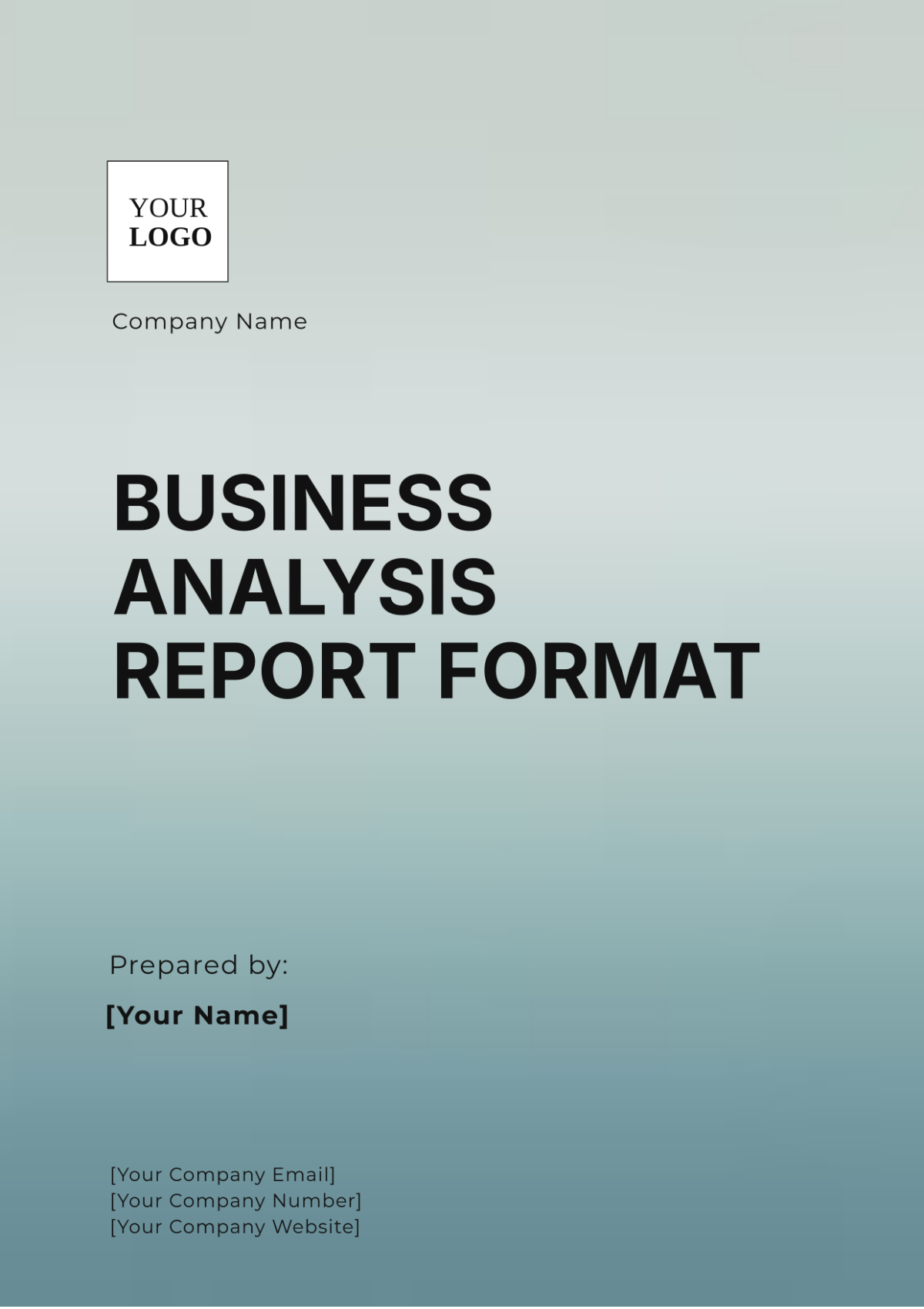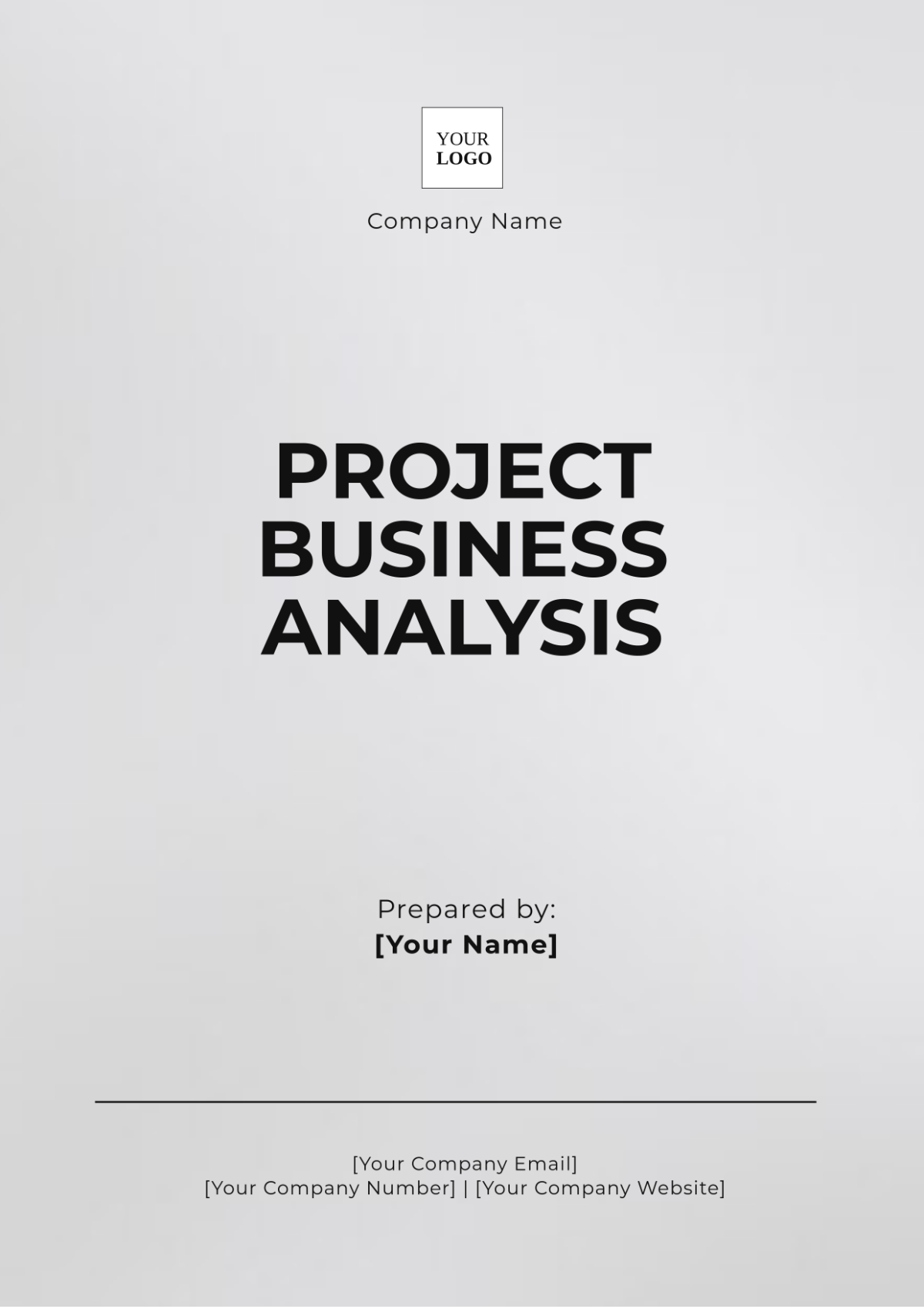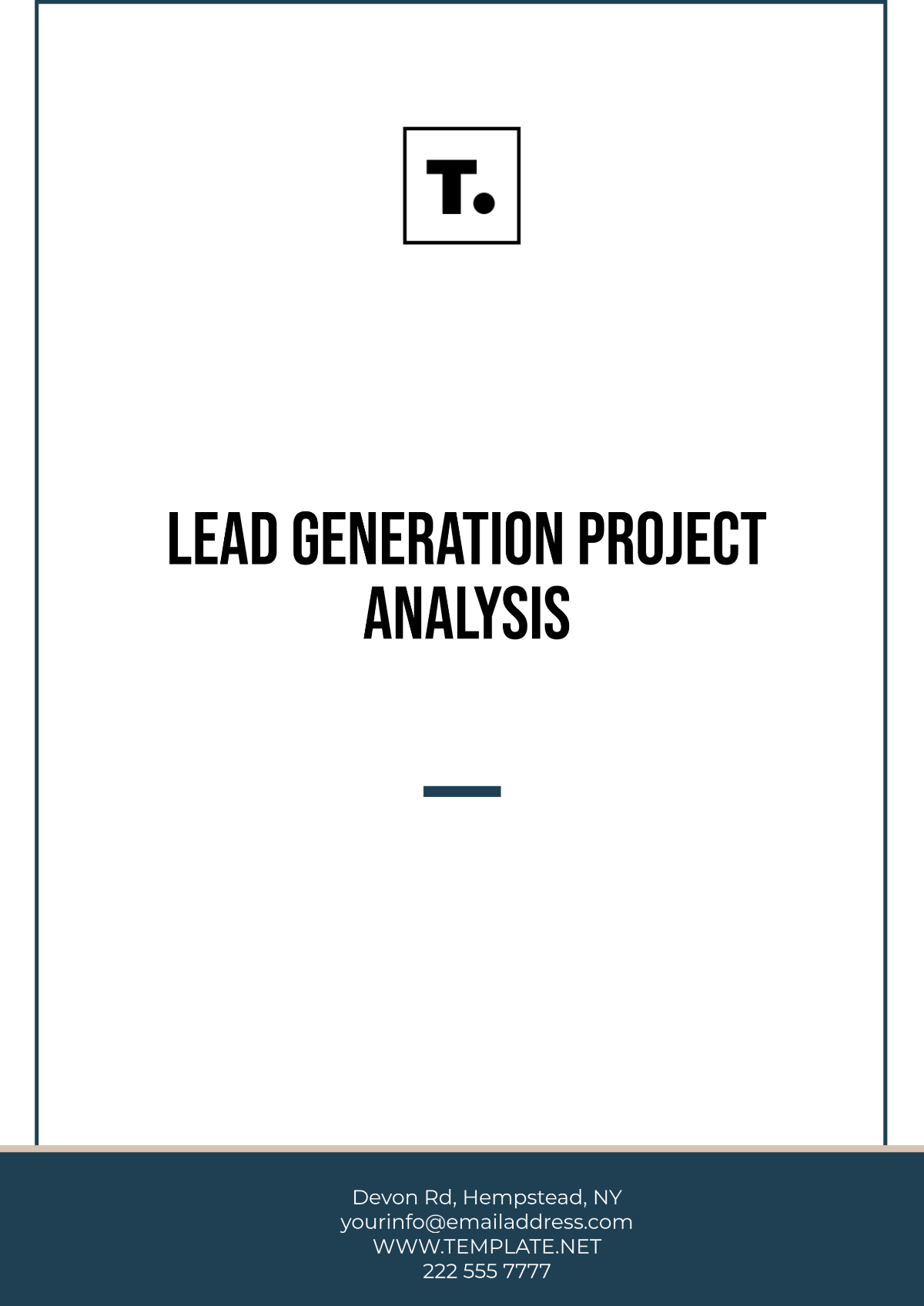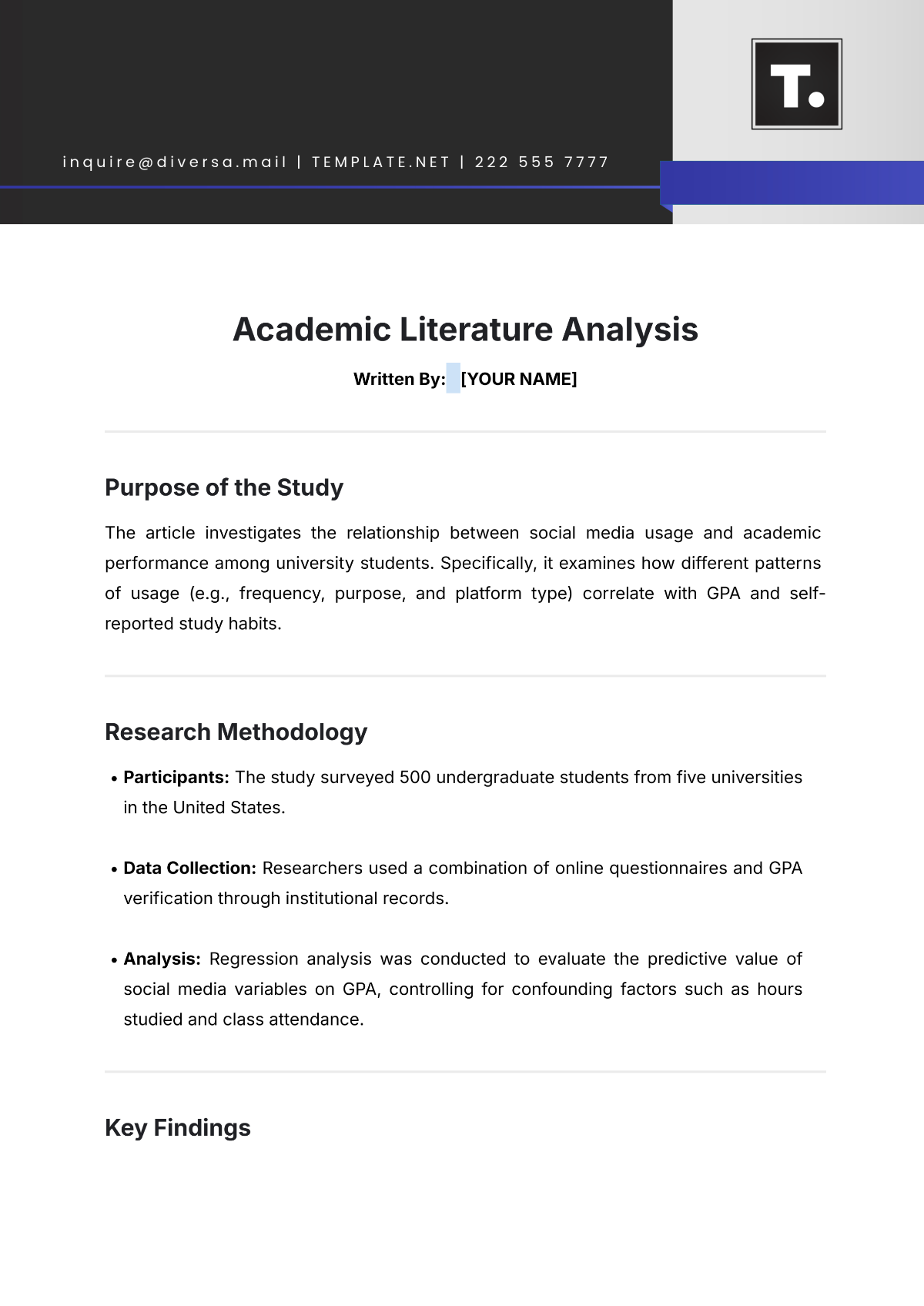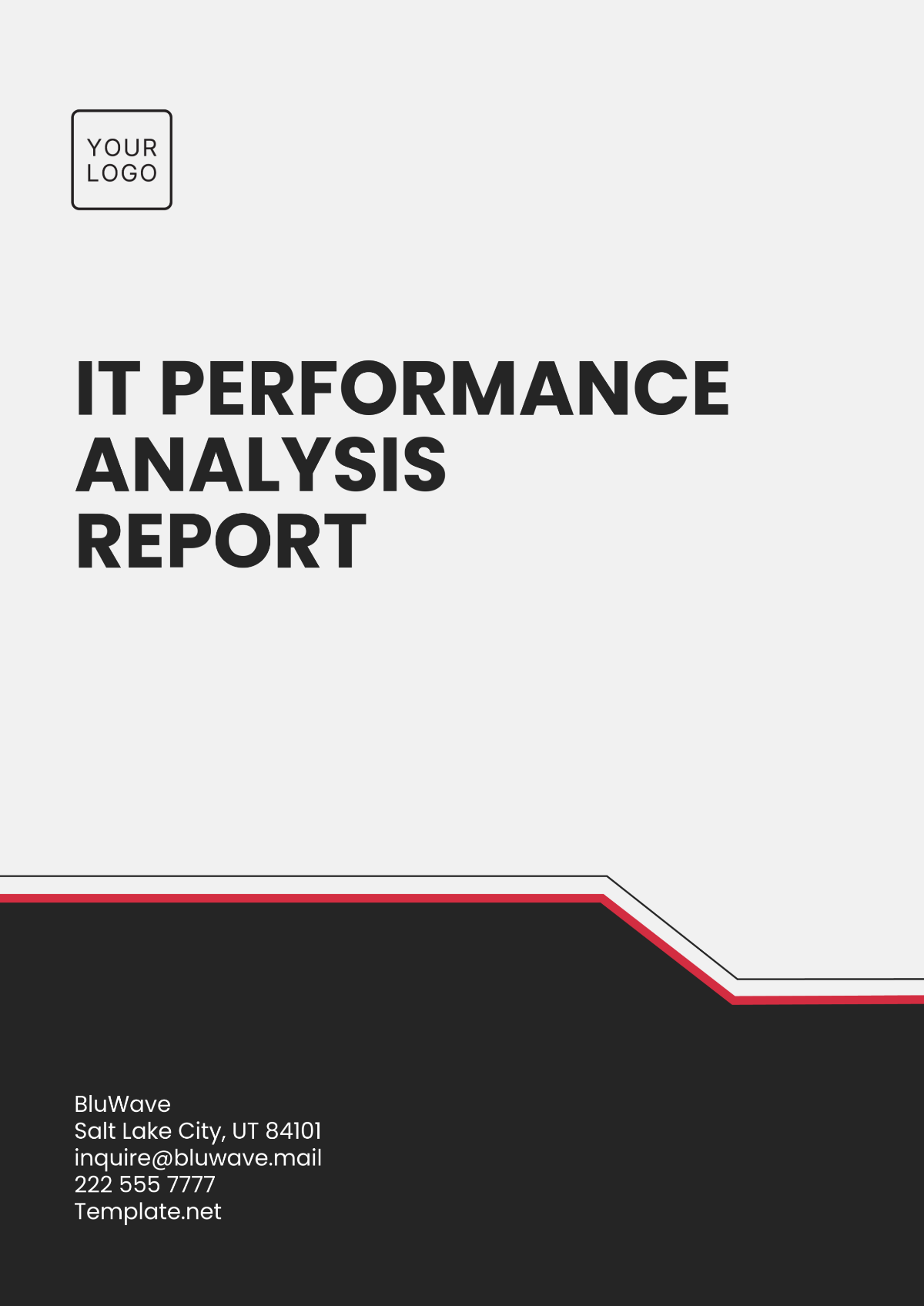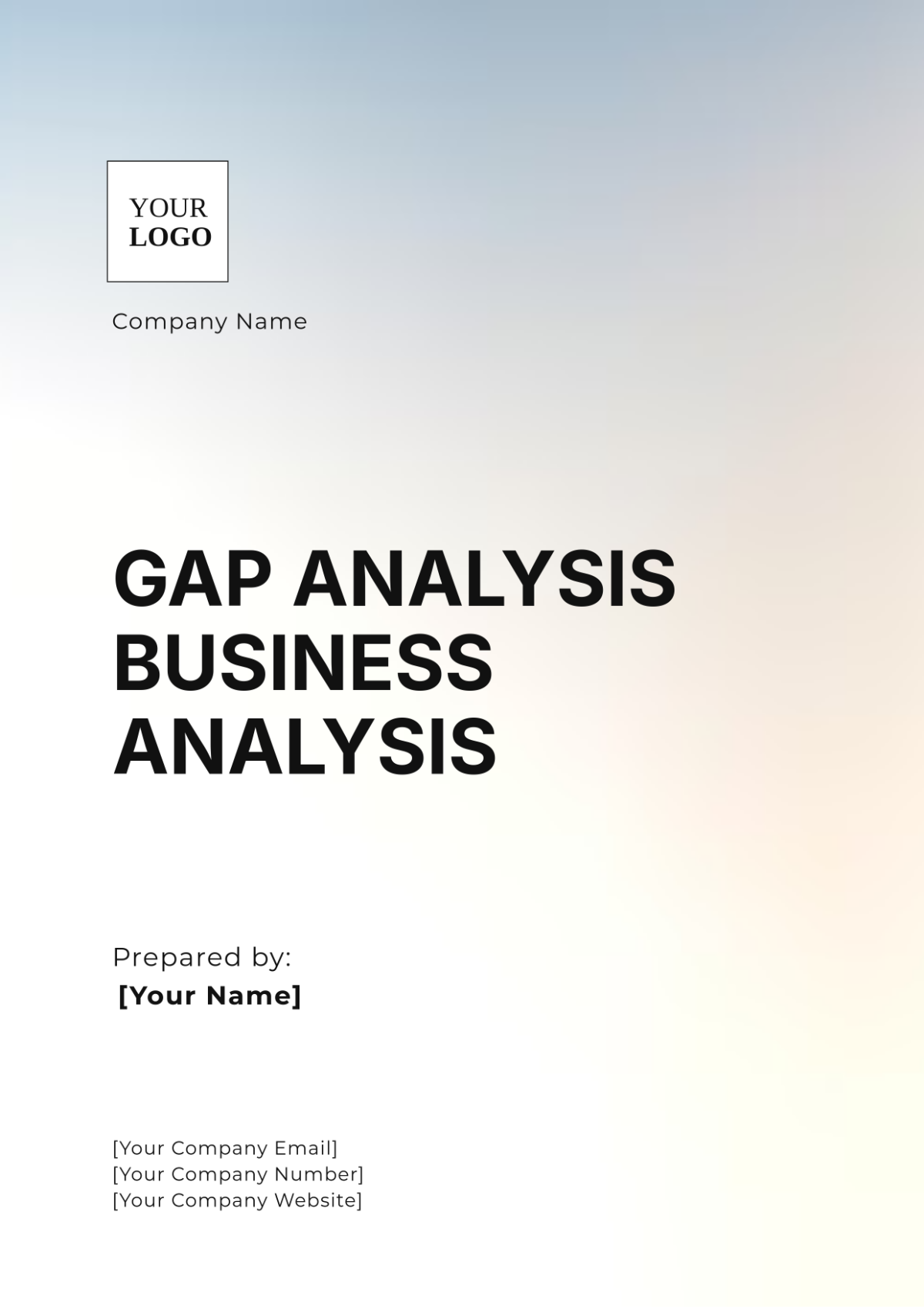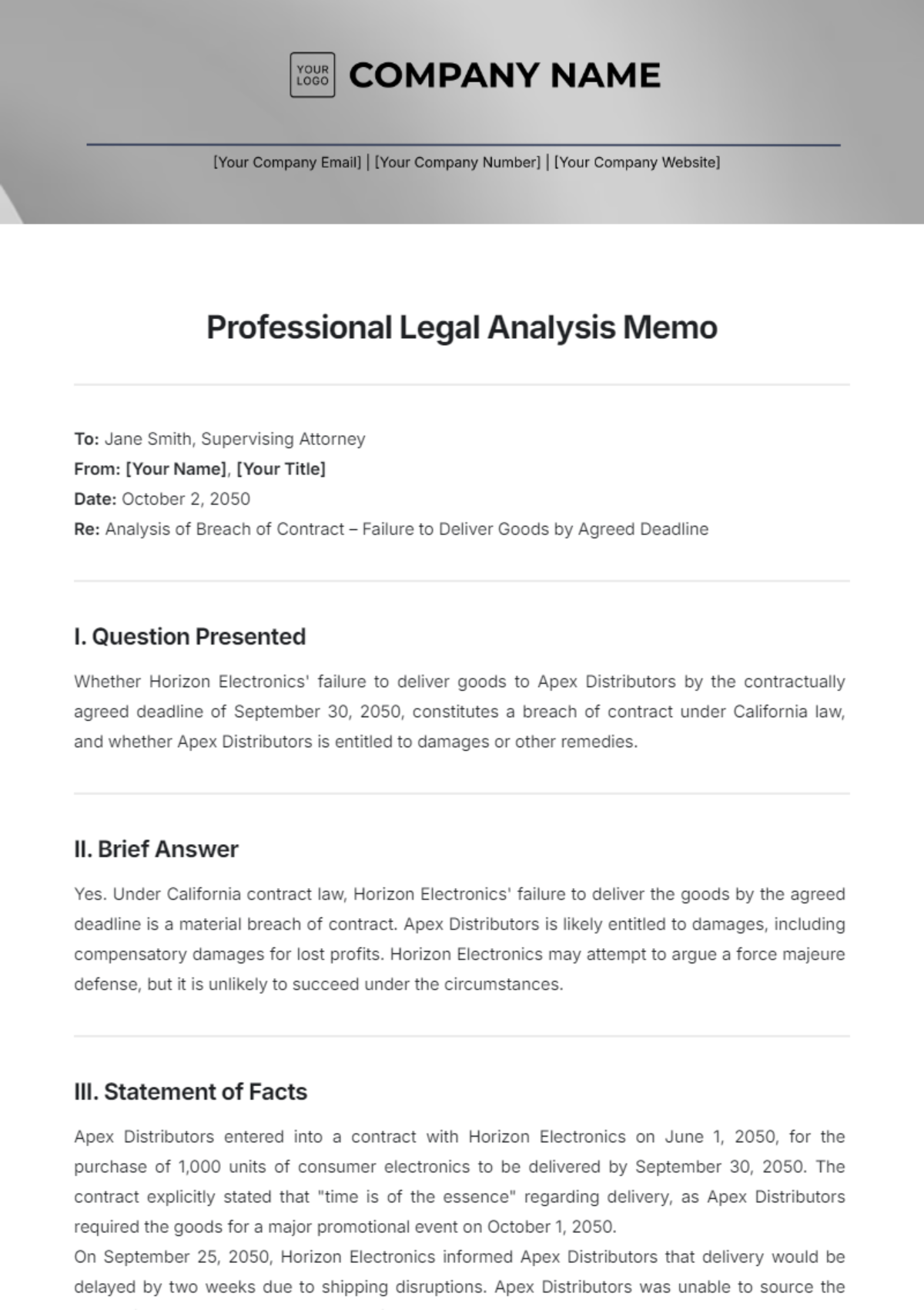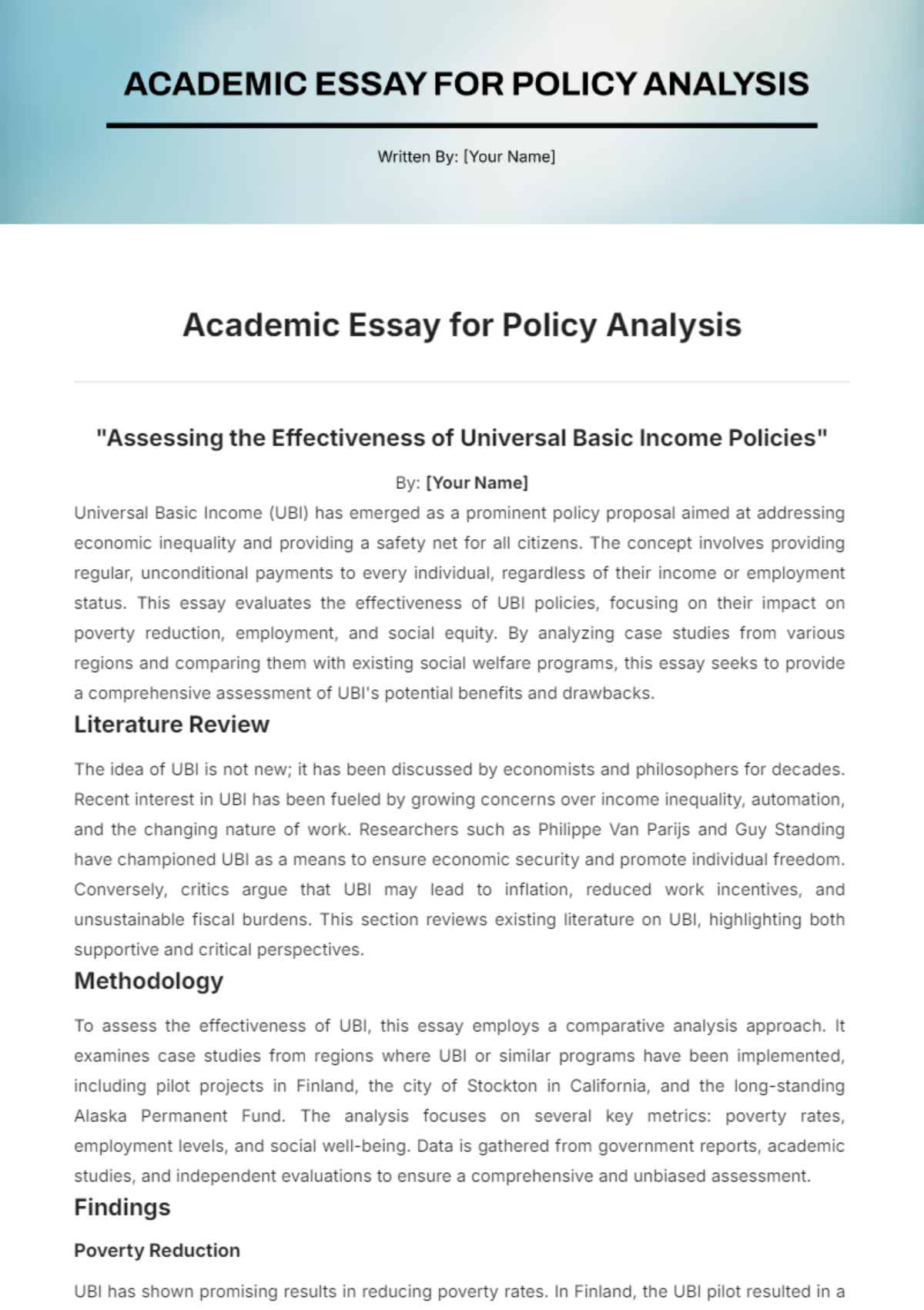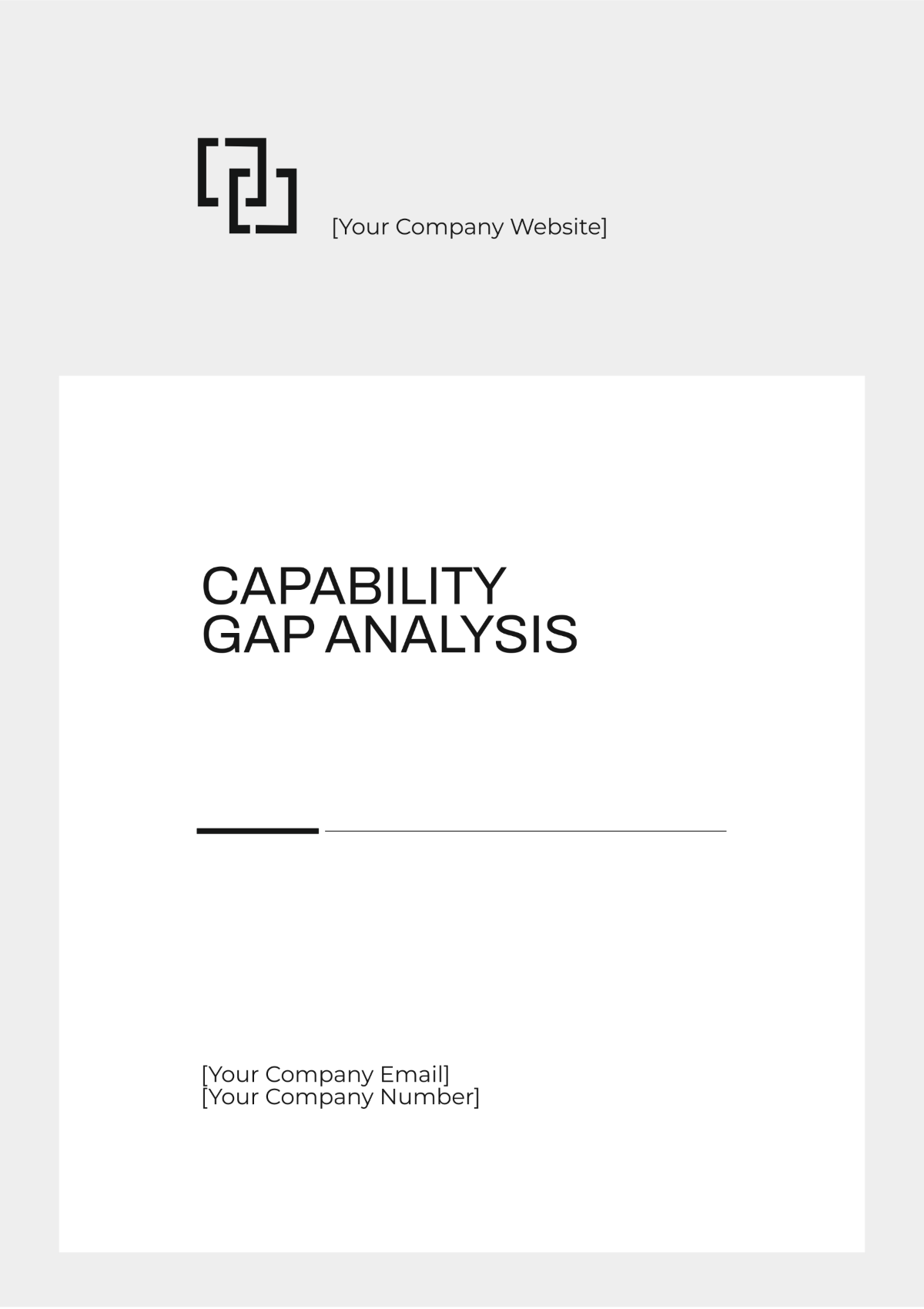Discourse Analysis in Law
Prepared by: [YOUR NAME]
Date: [DATE]
I. Introduction
Discourse Analysis in Law is a specialized method of studying the use of language, communication, and texts within legal contexts. This analytical approach delves into how legal language not only reflects but also shapes and influences legal processes, decisions, and outcomes. By examining various forms of legal discourse, including court opinions, legal documents, and the interactions among legal professionals, discourse analysis provides critical insights into the functioning of the legal system.
II. The Role of Language in Legal Contexts
A. The Power of Legal Language
Legal language is a unique and powerful tool that serves as the backbone of the legal system. It carries authority, enforces rules, and defines rights and obligations. Understanding how legal language operates is essential for interpreting laws and ensuring justice.
Precision and Ambiguity: Legal language is characterized by a high level of precision, which is necessary to avoid ambiguity. However, ambiguity can sometimes be strategically used to allow for flexibility in legal interpretation.
Normative Force: Legal texts often carry normative force, meaning they prescribe behaviors or establish standards that must be followed. This aspect underscores the importance of careful word choice in legal drafting.
B. Legal Language and Power Dynamics
The language used in legal settings often reflects and reinforces power dynamics within the legal system. This includes the relationship between the state and individuals, as well as between legal professionals and laypersons.
Authority and Legitimacy: Legal language contributes to the authority and legitimacy of legal decisions. How a judgment is articulated can influence its acceptance and implementation.
Access to Justice: The complexity of legal language can either facilitate or hinder access to justice. Legal discourse analysis often explores how linguistic barriers can affect an individual's ability to navigate the legal system.
III. Analyzing Legal Texts
A. Court Opinions
Court opinions are one of the primary sources of legal discourse. These texts not only document judicial decisions but also provide insights into the reasoning process of judges.
Structure of Court Opinions: Typically, court opinions follow a structured format that includes the following sections:
Introduction: Summarizes the case and the legal questions at issue.
Facts of the Case: Outlines the relevant facts that the court considered.
Legal Reasoning: Discusses the application of legal principles to the facts.
Decision: States the final ruling and its implications.
Interpretation and Precedent: Discourse analysis examines how courts interpret statutes, apply precedents, and construct legal reasoning. This analysis can reveal how legal norms evolve.
B. Legal Documents
Legal documents, such as contracts, statutes, and pleadings, are another focal point of discourse analysis. These texts are often dense and require scrutiny to understand their implications.
Contractual Language: Contracts are designed to be legally binding agreements, and the language used is often highly technical. Discourse analysis explores how terms are defined, how obligations are framed, and how contingencies are addressed.
Statutory Interpretation: Statutes are the written laws enacted by legislative bodies. The interpretation of statutory language is a key aspect of legal discourse, with courts often playing a crucial role in clarifying legislative intent.
C. Laws and Regulations
Laws and regulations form the foundation of the legal system. Discourse analysis in this area focuses on how laws are drafted, interpreted, and enforced.
Legislative Drafting: The drafting process involves the careful selection of language to ensure that laws are clear, enforceable, and aligned with policy goals. Discourse analysis can identify patterns and strategies in legislative drafting.
Regulatory Language: Regulations are often more detailed than statutes and require a different approach to language. The specificity of regulatory language is crucial for compliance and enforcement.
D. Interaction Between Legal Professionals
The interaction between legal professionals, including judges, lawyers, and clerks, is a rich area for discourse analysis. These interactions reveal the dynamics of legal decision-making and the role of communication in the legal process.
Courtroom Discourse: The language used in the courtroom, including oral arguments and judicial questioning, can significantly impact the outcome of a case. Discourse analysis explores how rhetorical strategies are employed and how power is exercised through language.
Negotiations and Mediation: In settings such as negotiations or mediations, discourse analysis examines how language is used to reach agreements, resolve disputes, and navigate legal issues.
IV. Key Concepts in Discourse Analysis in Law
A. Intertextuality
Intertextuality refers to the way legal texts reference and build upon other texts. This concept is central to understanding how legal precedents are created and how legal arguments are constructed.
Citation Practices: Legal texts frequently cite other cases, statutes, and legal principles. Discourse analysis explores how these citations function within the legal discourse.
Development of Legal Doctrine: Over time, legal doctrines evolve through the interplay of various legal texts. Discourse analysis can trace this evolution by examining the intertextual relationships between cases and statutes.
B. Framing and Representation
The way legal issues are framed in discourse can influence perceptions and outcomes. Discourse analysis examines how legal narratives are constructed and how different perspectives are represented.
Issue Framing: The framing of legal issues can shape the way they are understood by judges, juries, and the public. Discourse analysis identifies the rhetorical strategies used to frame issues in legal discourse.
Representation of Parties: The representation of parties in legal texts, such as plaintiffs and defendants, can reflect underlying biases and power imbalances. Discourse analysis can uncover these dynamics by analyzing language choices and narrative structures.
C. Speech Acts in Legal Settings
Speech act theory, which analyzes how utterances function as actions, is particularly relevant in legal settings. Legal discourse often involves performative speech acts, such as making rulings, issuing orders, or entering contracts.
Performative Language: In legal contexts, certain statements are not merely descriptive but have the force of action. For example, a judge's pronouncement of a verdict is a performative act that changes the legal status of the parties involved.
Directive Speech Acts: Legal professionals often use language to direct the actions of others, such as instructing a jury or commanding compliance with a court order. Discourse analysis examines how these speech acts are constructed and their effects on legal proceedings.
V. Methodologies for Discourse Analysis in Law
A. Qualitative Methods
Qualitative methods are commonly used in discourse analysis to explore the nuances of legal language and communication. These methods often involve close reading and interpretation of legal texts.
Textual Analysis: This method involves a detailed examination of legal texts to identify patterns, themes, and rhetorical strategies. Textual analysis can reveal how legal arguments are constructed and how language is used to persuade.
Ethnographic Methods: Ethnographic approaches to discourse analysis involve observing legal professionals in action, such as in courtrooms or during negotiations. This method provides insights into the real-world use of legal language.
B. Quantitative Methods
While qualitative methods are more common, quantitative methods can also be employed in discourse analysis to analyze large corpora of legal texts.
Corpus Linguistics: Corpus linguistics involves the use of computational tools to analyze large collections of texts. This method can identify patterns in language use across a wide range of legal documents.
Content Analysis: Content analysis involves coding and quantifying specific elements within legal texts, such as word frequency or the use of particular legal terms. This approach can provide a broad overview of trends in legal discourse.
C. Critical Discourse Analysis (CDA)
Critical Discourse Analysis (CDA) is a specific approach within discourse analysis that focuses on the relationship between language and power. In legal contexts, CDA examines how legal discourse perpetuates or challenges power structures.
Ideological Critique: CDA often involves an ideological critique of legal texts, exploring how language reflects and reinforces societal norms and power dynamics.
Focus on Marginalized Groups: CDA pays particular attention to how legal discourse affects marginalized groups, such as minorities or the economically disadvantaged. This approach seeks to uncover and challenge injustices within the legal system.
VI. Case Studies in Legal Discourse Analysis
A. Case Study 1: Analysis of Supreme Court Opinions
One notable case study in legal discourse analysis involves the examination of Supreme Court opinions. This analysis can reveal how the highest court in the land interprets the Constitution and how its decisions influence broader legal and social landscapes.
Language of Authority: The language used in Supreme Court opinions carries significant authority and can shape national policy. Discourse analysis of these opinions explores how the Court constructs its authority through language.
Impact on Precedent: Supreme Court opinions often set legal precedents that guide lower courts. Analyzing the language of these opinions can provide insights into how legal principles are established and maintained.
B. Case Study 2: Contractual Language in Commercial Law
Another area ripe for discourse analysis is the language of contracts, particularly in commercial law. Contracts are foundational to business transactions, and the language used within them can have profound legal and financial implications.
Precision vs. Flexibility: Contracts must balance precision with flexibility. Discourse analysis can examine how this balance is achieved through language and how it affects the enforceability of contracts.
Negotiation and Drafting: The process of drafting and negotiating contracts is itself a form of legal discourse. Analyzing this process can reveal how language is used to manage risk, allocate responsibilities, and achieve mutual agreement.
VII. Tables and Lists
A. Table 1: Key Concepts in Legal Discourse Analysis
Concept | Description | Examples |
|---|---|---|
Intertextuality | The relationship between legal texts through citations and references. | Precedent, statutory interpretation |
Framing | How legal issues are presented and understood in discourse. | Issue framing in court opinions |
Performative Speech Acts | Legal statements that function as actions, such as rulings or orders. | "I hereby sentence you..." |
B. Table 2: Methodologies for Discourse Analysis
Methodology | Description | Applications |
|---|---|---|
Qualitative Methods | In-depth examination of legal texts through close reading and interpretation. | Textual analysis, ethnographic methods |
Quantitative Methods | Use of computational tools to analyze large corpora of legal texts. | Corpus linguistics, content analysis |
Critical Discourse Analysis (CDA) | Focuses on the relationship between language and power, often critiquing ideologies. | Ideological critique, focus on marginalized groups |
VIII. Conclusion
The conclusion of the analysis emphasizes that Discourse Analysis in Law is a valuable tool for understanding the complex relationship between language and the legal system. This approach offers valuable insights that can improve legal practice, policy-making, and judicial decisions by exploring how legal language shapes, reflects, and impacts legal processes. Discourse analysis reveals underlying power dynamics, interpretive strategies, and communication practices within the legal field, contributing to a deeper understanding of law as a dynamic system of communication.















